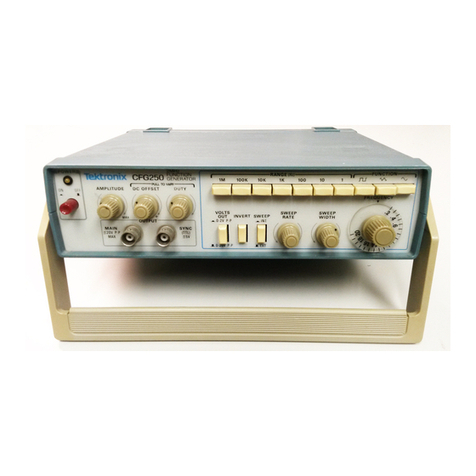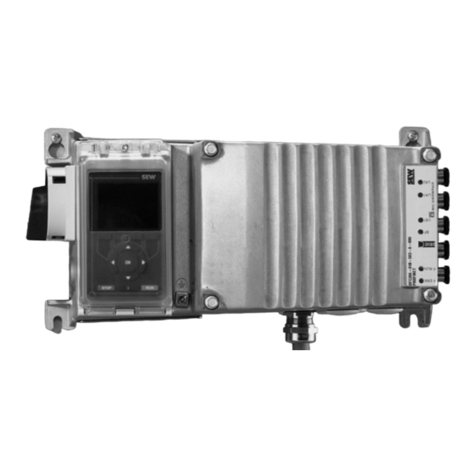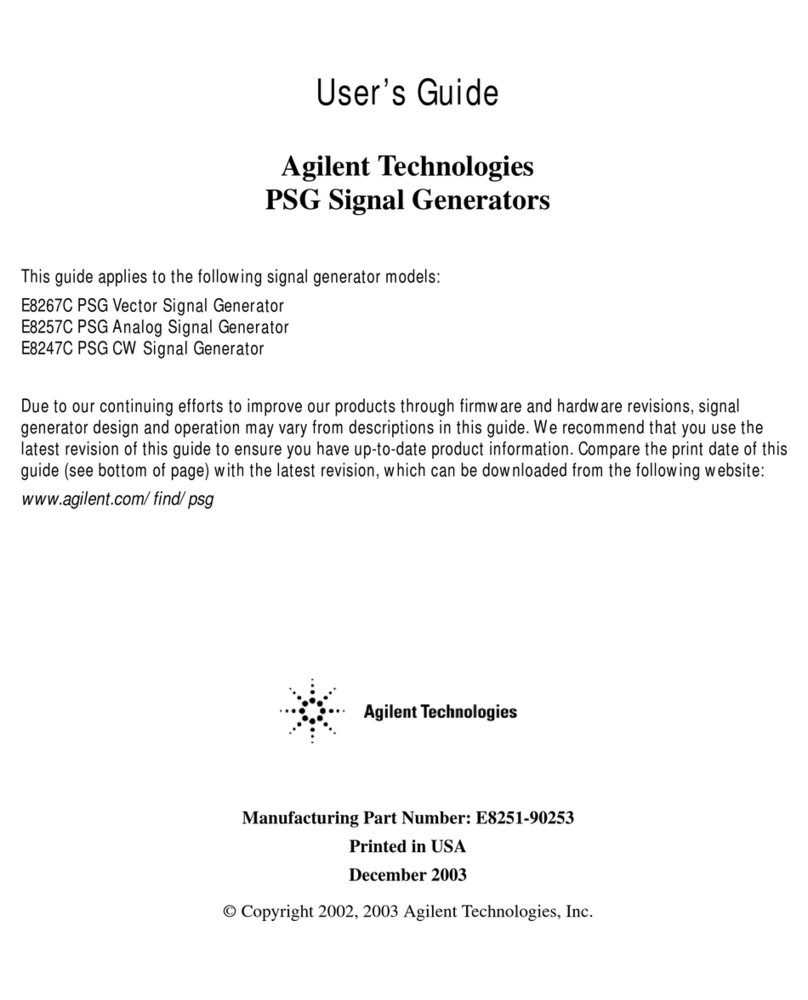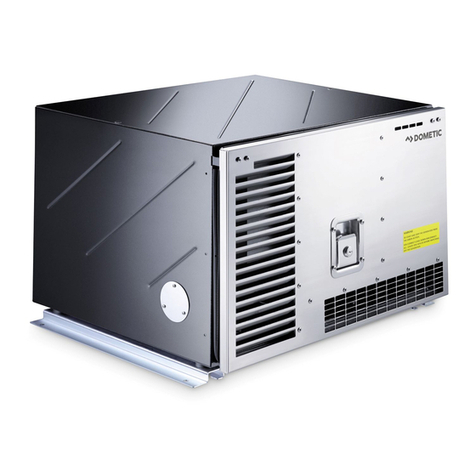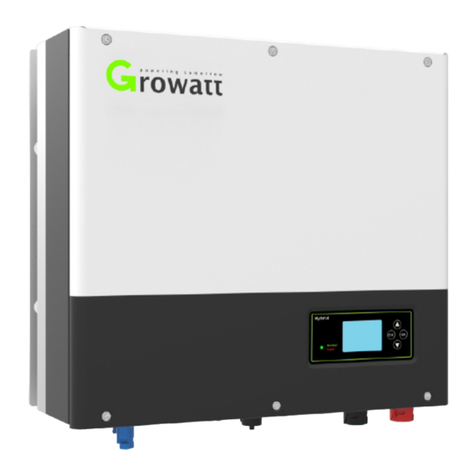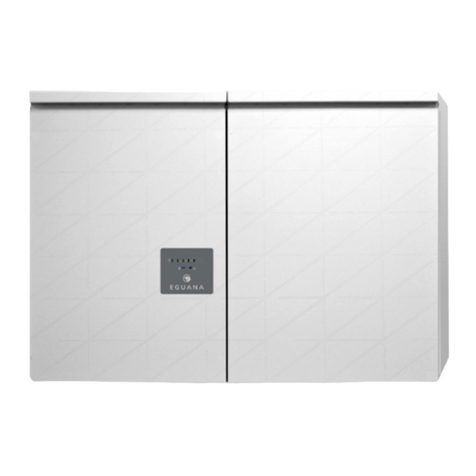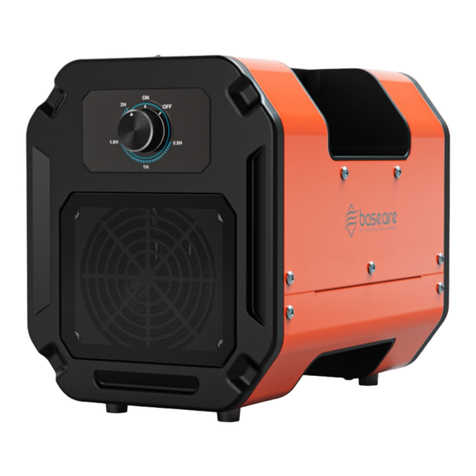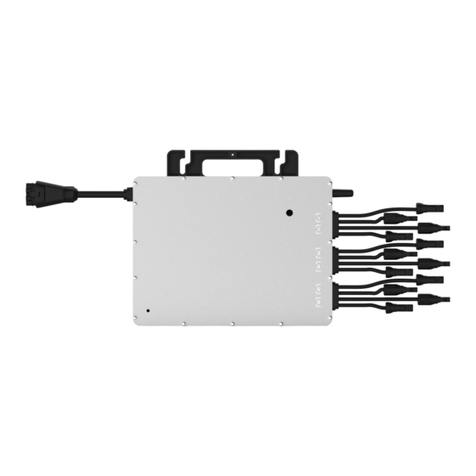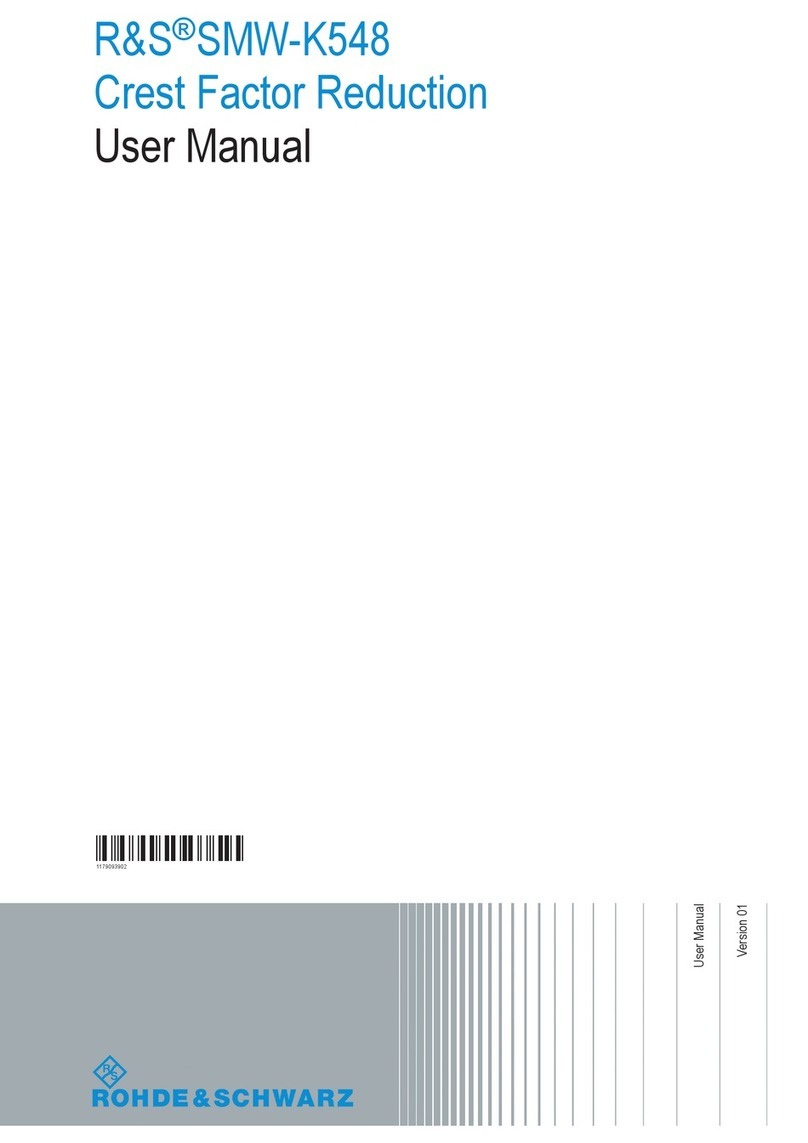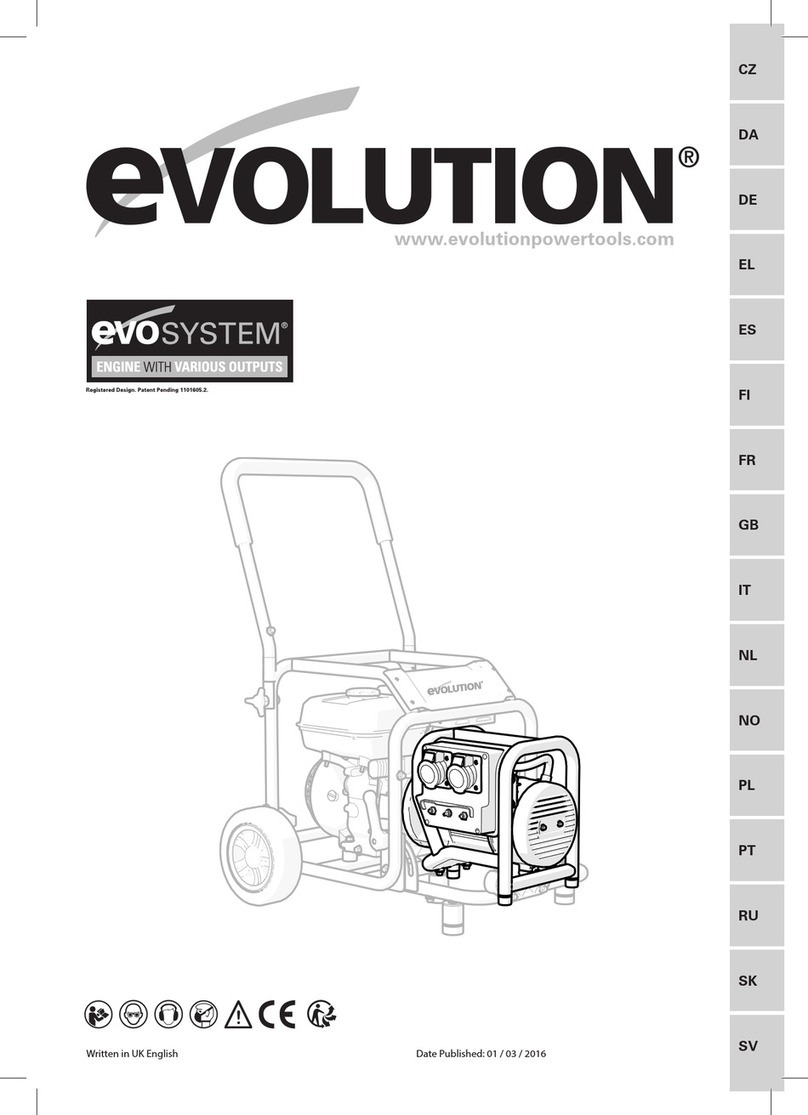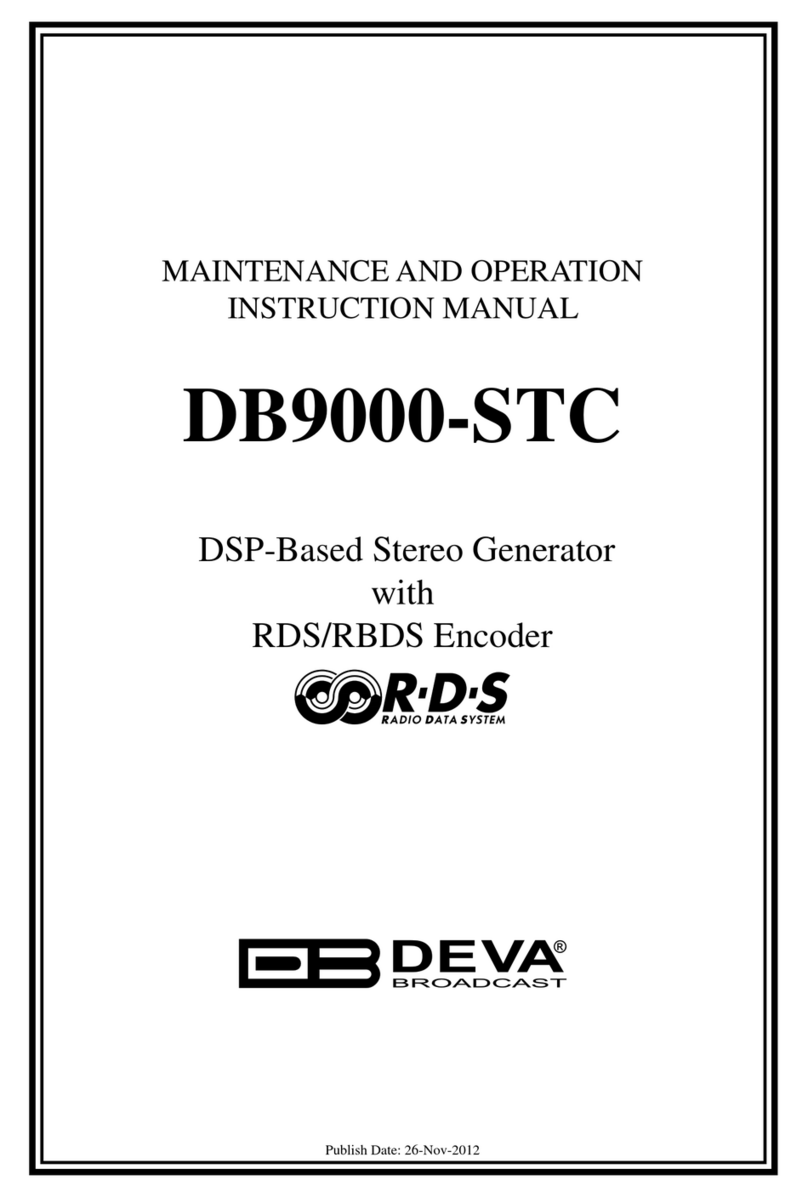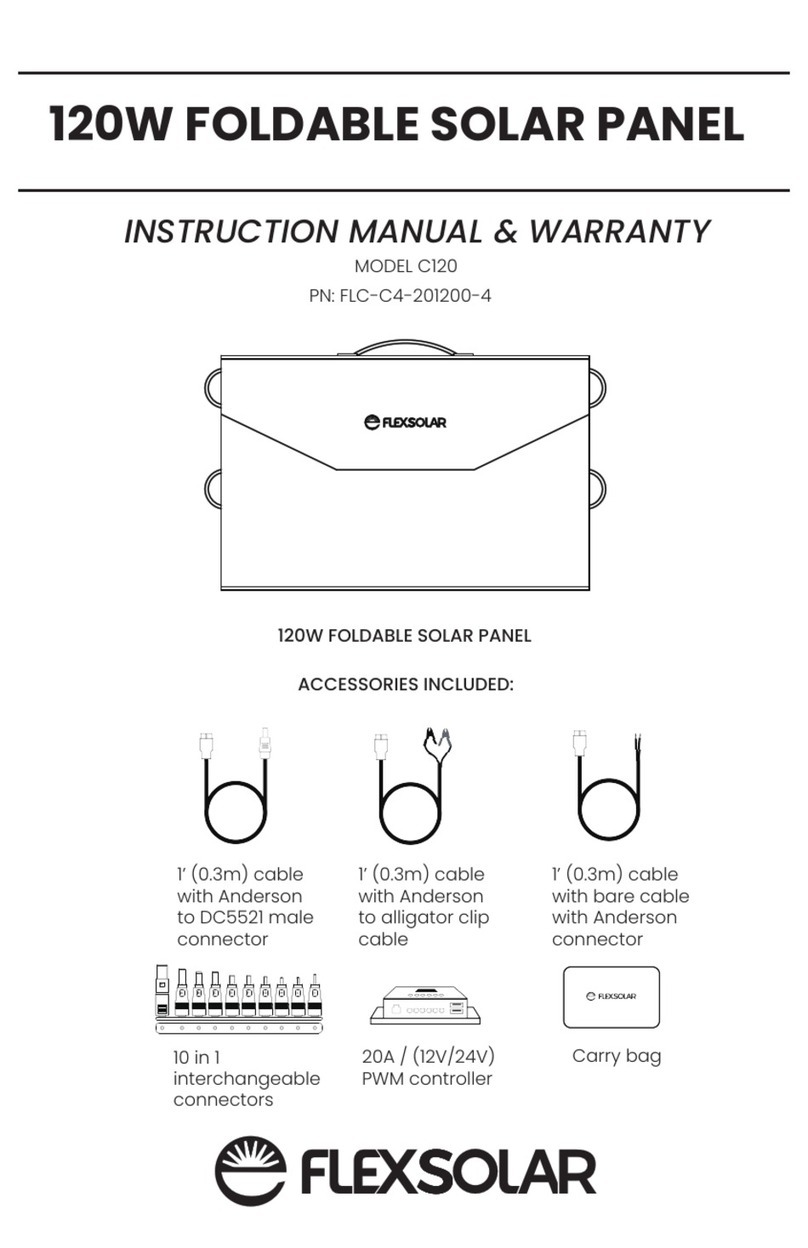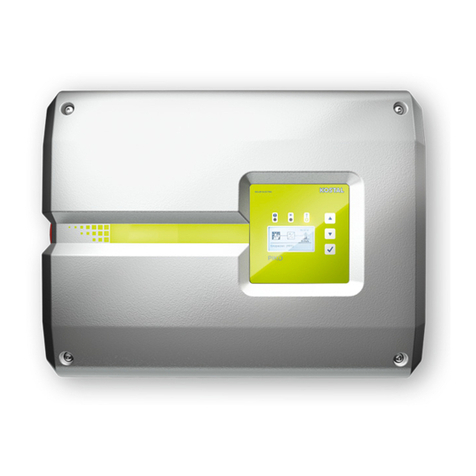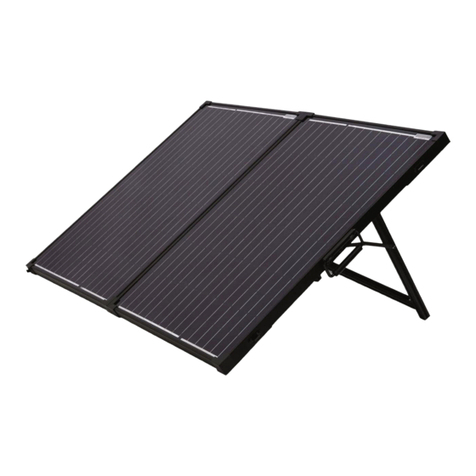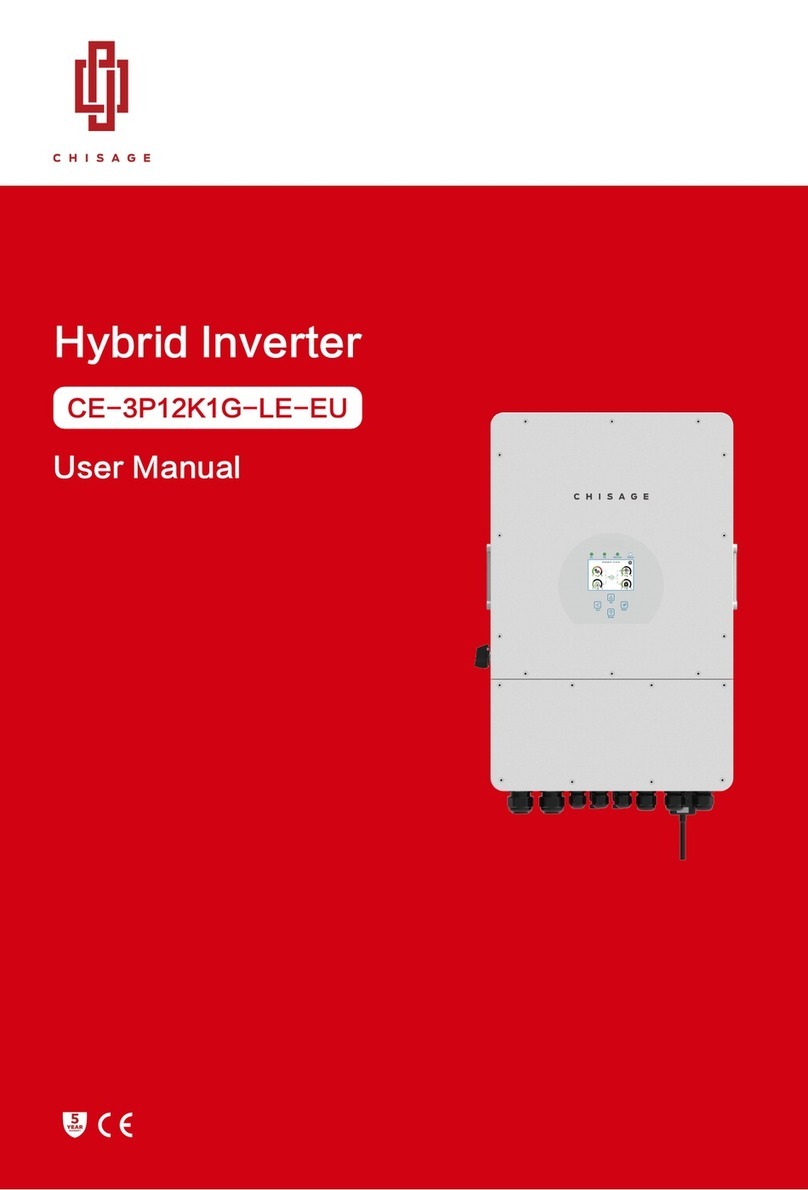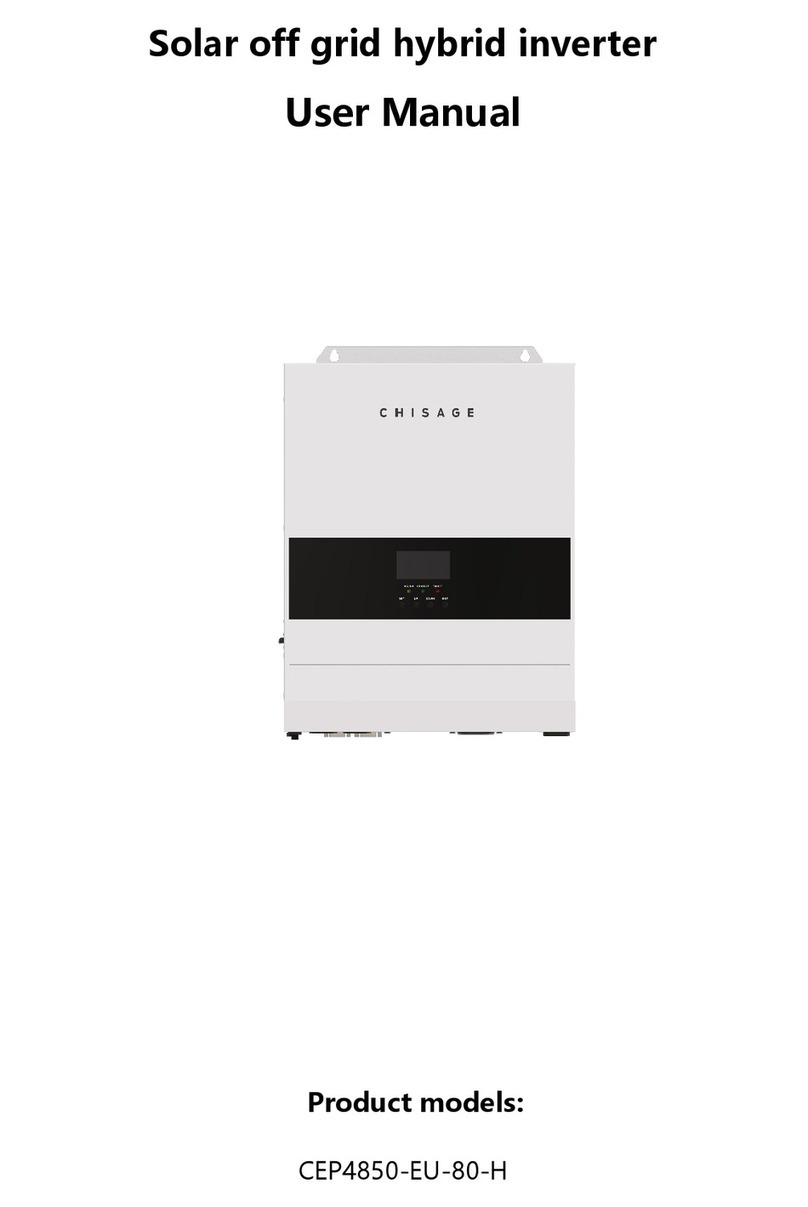
Content
About the manual........................................................................................................... 1
Introduction to security.................................................................................................. 1
1 Overview..................................................................................................................... 2
1.1 Product Overview.............................................................................................2
1.2 Product Brief Introduction................................................................................2
1.2.1 Appearance............................................................................................ 2
1.2.2 Product Structure, Si e, Weight.............................................................4
1.3 Product Features (main functions and benefits)...............................................5
1.3.1 Control Function....................................................................................6
1.3.2 Protection Function............................................................................... 6
1.3.3 Performance Characteristics..................................................................6
1.4 System Architecture Characteristics.................................................................7
2 Product Technical Description.................................................................................... 9
2.1 Relevant Standards........................................................................................... 9
2.1.1 Grid Connection Specification.............................................................. 9
2.1.2 EMC and Safety Standards....................................................................9
2.2 Electrical Performance................................................................................... 10
2.2.1 Technical Specifications......................................................................10
2.2.2 Electrical Interference Performance.................................................... 11
2.2.3 Insulation Performance........................................................................11
2.2.4 Mechanical Properties......................................................................... 12
3 Installation.................................................................................................................13
3.1 Product List Details........................................................................................13
3.2 Installation Environment................................................................................ 15
3.3 Installation Instructions.................................................................................. 15
3.4 Installation Of Equipment Body.....................................................................17
3.5 Connecting Devices To Other Systems.......................................................... 18
3.5.1 Terminal Introduction..........................................................................18
3.5.2 Battery connection...............................................................................21
3.5.3 Grid, generator and load connection................................................... 22





















